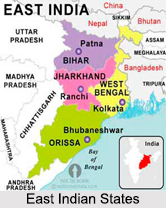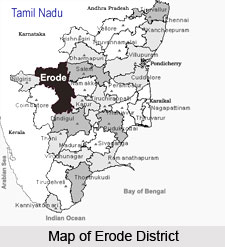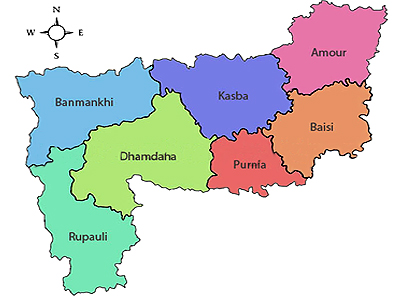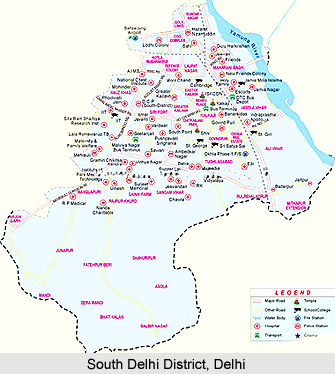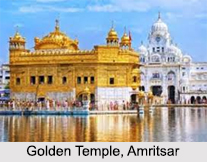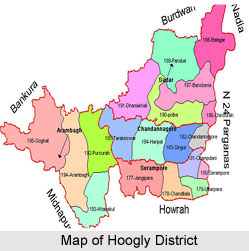 Early History of Punjab is characterized by Indo-Aryan culture. It is associated with the texts of Vedas, sacred to Hindus, which were orally composed in Vedic Sanskrit language.
Early History of Punjab is characterized by Indo-Aryan culture. It is associated with the texts of Vedas, sacred to Hindus, which were orally composed in Vedic Sanskrit language.
Veda Era in Punjab
The Rig Vedic era in Punjab began with the "Battle of Ten Kings". They were fought on the banks of the Parusni River between king Sudas of the Trtsu lineage of the Bharata clan on one hand and a confederation of ten tribes on the other.
Indus Valley Civilization in Punjab
The archaeologists have discovered the evidence of life in the Punjab region as early as 7000 B.C. By around 3000 BC, the human settlements grew in and around the Indus Valley Civilization. There was the evolution of historic cities like Harappa (near Sahiwal in West Punjab) and Mohenjo Daro (near Sindh). After 19th century BC, there was the sudden decline in these civilizations.
Invasion of Punjab in Early Era
Punjab was continuously attacked by the Persian Emperors and European Emperors in early era. Punjab region was lying just at the outskirt of the Persian Empire. The Persian king King Gustasp conquered the region in 516 BC. Consequently, Punjab became the wealthiest province of the Persian kingdom. The Greeks, the strong competitors of the Persians, also had a lure for Punjab territory. In 321 BC, the Greek King Alexander invaded Punjab, breaking the authority of the Persian kings. He invited all the chieftains of the Persian Satrapy to come and surrender to him.
Foreign Rule in Punjab
After a stretch of time, the Greek empire in the east was disrupted by the ascendancy of the Bacterians. In the second century BC, Bacterian king Demetrius I added Punjab to his kingdom. During the same period, the Northern Sakas successfully wrestled the power of the area from the Indo-Greeks. The white Huns established their rule over the state in the later 3rd century AD. Then Punjab fell in the hands of Kushana Empire, Indo-Parthian Kingdom, Gondopharid dynasty, Empire of Harsha, Mauryas, Rai dynasty and Guptas of eastern India. Rai Dynasty is the last dynasty that ruled Punjab region till 557 AD. Following the birth of Islam in Arab, the Muslim Arabs rose to power and gradually came towards South Asia in the mid-7th century. In 711-713 AD, the Arab armies from the Umayyad caliphate of Damascus conquered Sindh and advanced into the present-day southern Punjab, occupying Multan, which was later to become a centre of the Ismaili sect of Islam.
